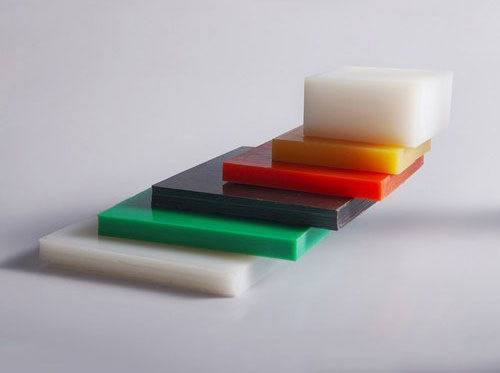
Polyethylene Sheet and Polypropylene Sheet are relatively common synthetic polymers. Polymers are abundant in nature and play a vital role. When synthesizing synthetic polymers, the process must be precise to consistently guarantee the quality of the product. It is important to understand their differences and how to use them. Therefore, you need to understand the difference between PE Sheet and PP Sheet and use them appropriately.
PE board is a board made of polyethylene, which is expected to be a solid flat plate. Polyethylene is a polymer composed of ethylene molecules composed of two carbon alkane units [-CH2CH2-]. It is a thermoplastic polymer. There are many types of polyethylene panels. Such as uhmwpe sheet, HDPE board, HDPE sheet and LDPE plastic sheet, etc. Additionally, the sheets are known for their chemical resistance, as they do not react with strong acids or bases when exposed. Polyethylene is a chemically inert and transparent material, which means that unlike transparent materials, it allows light to pass through without creating an image. Copolymerization of ethylene is possible, but it compromises its purity. However, compared to other polymers, polyethylene is less susceptible to copolymerization. As a result, ensuring its purity is often more expensive.
PP sheets are made from polypropylene, a harder thermoplastic polymer than polyethylene. Polypropylene contains propylene monomer units consisting of tricarbon alkane units [–CH2(CH3)CH2]. Due to its rigidity, it is often used in the manufacture of molding materials. Although polypropylene is not as transparent as polyethylene, it may be translucent by removing color. Polypropylene sheet is most commonly a solid flat or hollow lattice structure, depending on the application and process. The density of most polypropylene panels is between HDPE sheets and LDPE plastic sheets.
Polyethylene and polypropylene are plastics composed of polymers. Most polymers can be broken down into discrete components, which are the building blocks of the polymer; these single units are monomers. The monomer unit of polyethylene is ethylene, while the monomer unit of polypropylene is propylene. The key difference between polyethylene and polypropylene is that polyethylene is produced by polymerizing ethylene monomer units, whereas polypropylene is produced by polymerizing propylene monomer units.
Polyflute® is specialized in manufacturing and extruding polyethylene sheet for construction. The advantages and disadvantages of polyethylene sheets include:
PP boards are an excellent injection molding material. In addition to typical plastic applications, polypropylene excels in fiber applications, extending beyond injection molding to include packaging materials for hoppers, boxes, sheets, coils, and custom applications requiring rigid dividers. Like any other polymer, polypropylene has some advantages and limitations.
It is difficult to paint due to its weak adhesion. But Polyflutey already has the technology to improve it. Despite its flaws, polypropylene is an excellent material. It has a unique combination of properties not found in any other material, making it ideal for a variety of tasks.
Polyflute® provides customers with better quality products, more competitive prices and more comprehensive services. Using our actions to make the greatest efforts for the environmental protection of the earth, this is the promise of Polyflute. Choose the best price from the same quality, and choose the same quality from the best price, we will be your best choice!
If you need the polyethylene sheet and polypropylene sheet products, please feel free to contact us at any time!
